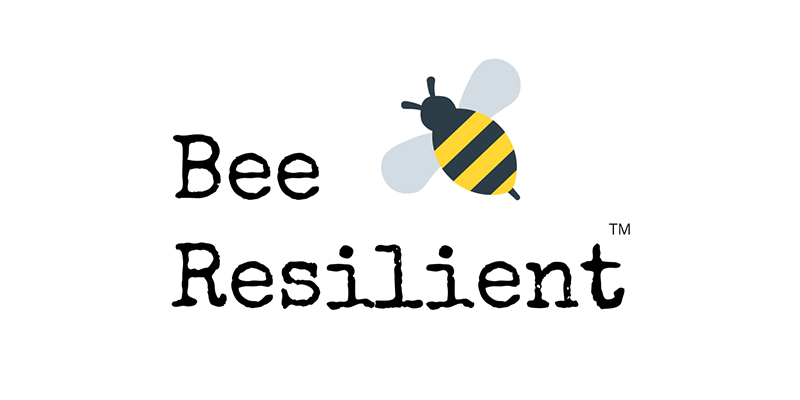Cyber Resilience Methodology
The Cyber-T.H.R.I.V.E. Model

Threat
Organisations who have suffered a cyber attack due to insider threat, ransomware attack, accidents, organised crime, or foreign intelligence services often will want to deal with the situation and give stakeholders confidence that this is being resolved with a clear vision, integrity and trust. ‘Threat Analysing’ the potential risk of cyber threats to an organisation anchors our approach to resilience and risk when working with information or data within cyber space.
Cyber Threats can be multi layered and complex, and exacerbated by an organisation’s lack of understanding of its risk profile. The T.H.R.I.V.E. framework evaluates the organisational’s resilience capability to cyber risk on on 5 key components: Human Factors, Relationships, Integrity, Vision and Elasticity. It provides key measures to aid understanding of where they are at that moment in time, but more importantly, offers interventions to improve the resilience profile over time.
Human Factors
Human Factors is based on the science of ergonomics, which places the human at the centre of any engineering process. Often systems and procedures are designed without a full appreciation of how they will be implemented or used by human beings. Automation, Big Data and AI, increases the interdependency of complex information systems, and the usability and therefore the impact of these systems must therefore place the human at the centre of the engineering process. Failure to do so, particularly in safety critical systems, such as aviation, can have catastrophic consequences. The T.H.R.I.V.E. model also seeks to widen its scope into anthro-engineering, and is at the fore front of research to understand the impact to the environment, nature and ecology of cyber technology.
Relationships
Positive Relationships have been proven to develop resilience within organisations. Transformational leadership, team work, operating fairly within a self- organising team, creates not only resilience, but improves performance and productivity. The ability to remain cohesive and avoid a ‘blame culture’, gives both individuals and organisations the framework in which to adapt to threat, and work towards creating a thriving organisation.
Integrity
Integrity covers both the state of being whole and complete as well as doing the right thing. The ability to trust, to be brave and speak out, when things are not working, is what creates resilience and gives organisations the ability to adapt to change. The integrity of systems, procedures and protocols is inherently reliant on the people who validate the process, and ensure that it remains ethical and has not been compromised. Integrity also covers the creation of a culture where people are empowered to be authentic and speak up when things are not working the way they ought to.
Vision
Research demonstrates that having a vision is essential to creating excellent performance in an organisation. The stories and meaning that people ascribe to events and activities within an organisation can fundamentally affect outcomes. Often the difference between mediocre and top level performance is simply one of people buying into a vision that touches and inspires them.
Elasticity
Research shows that the way human beings habitually think and feel physically affects the structure of their brain. As a consequence it is important to develop agile and resourceful thinking habits both as individuals and teams which in turn can dramatically improve creativity, problem solving, and long-term resilience.
